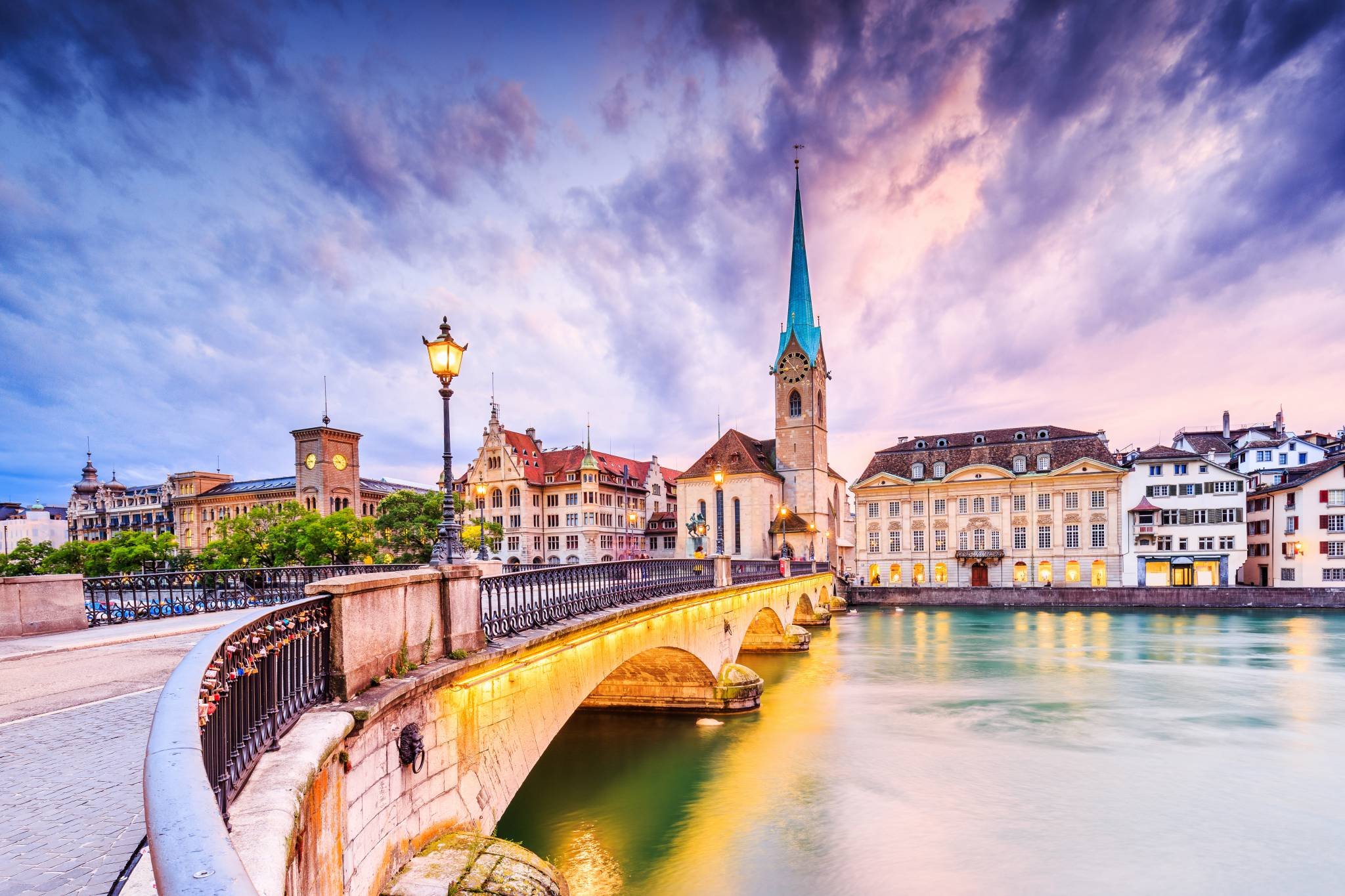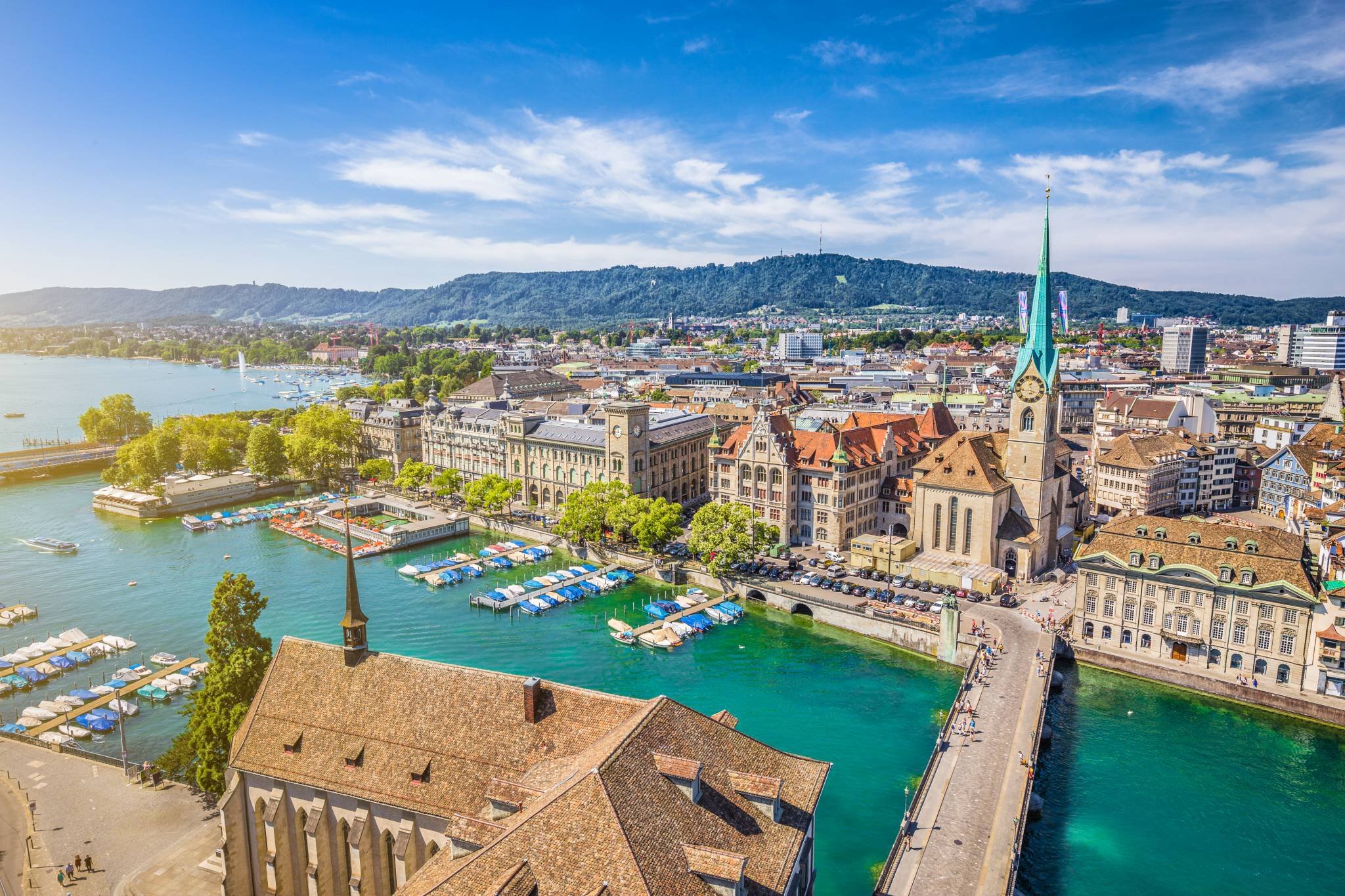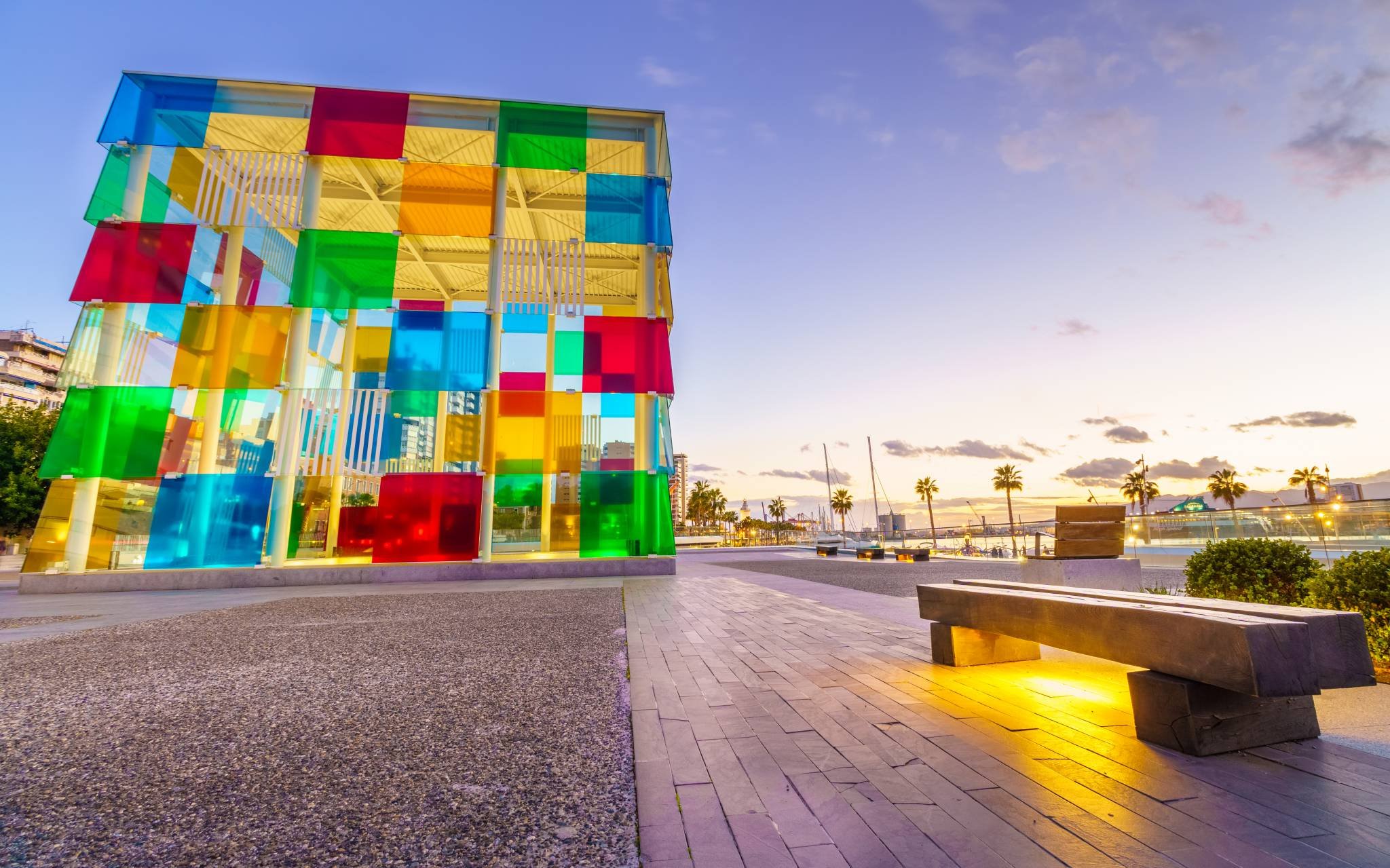But here’s the kicker: it’s not just delicious—it’s cultural heritage on a stick (sometimes literally). UNESCO has even recognized Hong Kong’s street food scene as an “intangible cultural heritage,” which is a fancy way of saying you should eat your weight in fishballs before leaving.
If your ideal travel souvenir is a lingering taste memory wrapped in a napkin, welcome to the right city. Hong Kong, where the skyscrapers glint like credit card statements and the street food is as rich as real estate, delivers snack-sized punches of flavor on every corner.
Below, a guided binge through the bustling streets and alleys where modern Hong Kong’s heart (and stomach) beats loudest.
🥢 The Street Food Staples You’re About to Obsess Over
1. Curry Fishballs (咖喱魚蛋)
The MVP of Hong Kong hawker culture. Bouncy, chewy fishballs in piquant curry sauce—available from any self-respecting street cart. They're cheap, devilishly addictive, and rarely eaten without a grin. Best had in Mong Kok, where the spice often matches the crowd-energy ratio.
2. Egg Waffles (雞蛋仔)
Ever wish your dessert felt like a warm hug from a cloud? Welcome to the egg waffle: golden orbs of sweet batter, crispy on the outside, gooey within. Head to Mammy Pancake (multiple locations, but the Tsim Sha Tsui branch is clutch), a Michelin-recognized stall flipping waffles like it’s their love language.
3. Stinky Tofu (臭豆腐)
A sensory dare made edible. Smells like something went wrong in the fridge, tastes like fermented heaven. Try it in Sham Shui Po, where culinary bravery is generously rewarded. Yes, your travel buddy may abandon you temporarily. Stay strong.
4. Cheung Fun (腸粉)
Silky rice noodle rolls, usually swimming in soy sauce, hoisin, and sesame—a soft, slurpy delight. It’s breakfast, lunch, and midnight snack rolled into one. Head to Hop Yik Tai in Sham Shui Po—there’s a 97% chance you’ll end up in line, but trust us, it’s worth it.
5. Siu Mai (燒賣)
Not your dim sum hall siu mai—these street-side versions are smaller, pork+fish-paste hybrids, slathered in soy and chili sauce. For the full experience, grab a skewer from Ap Liu Street in Sham Shui Po, and enjoy between frantic gadget purchases.
6. Pineapple Bun (菠蘿包)
Spoiler alert: no pineapple involved. Named for its sugary, crackled top, this bun is soft, sweet, and often stuffed with a fat pat of cold butter (a.k.a. Hong Kong-style cholesterol management). Visit Kam Wah Café in Prince Edward—they redefine buttering someone up.
🍜 Where Street Food and Streets Collide
- Mong Kok: Street food Disneyland. Sai Yeung Choi Street South brims with vendors operating with ruthless efficiency. Come for the siu mai, stay because your jaw got locked from chewing too fast.
- Sham Shui Po: Gritty, authentic, and where you'll find locals queuing for budget brilliance. It's the true street food capital, hands down.
- Temple Street Night Market: Come dusk, this market near Jordan turns into a food-lover’s fever dream. Noodle stalls, skewers galore, fortune tellers—all served with a side of neon.
- Central's Graham Street Market: For those wanting to keep it relatively clean and colonially charming, this is the gentrified gateway into Hong Kong eats. Just don’t expect any bargains—you’re here for the Instagram, darling.
🌟 Tips for Eating Like a Local
- Always have cash—many places are still joyfully analog.
- Watch the queue. No line? Probably a red flag (or at least a lukewarm fishball).
- Communal tables are common—do the shoulder-shuffle and make a few friends. Or at least frenemies.
- “Dai pai dong” are traditional open-air food stalls with metallic WWII-era vibes. Eat at one before they become museum pieces.
Final Bite
In a city where the dining scene includes rooftop sushi bars and Michelin-starred wonton shops, it says a lot that street food still reigns as Hong Kong’s true gastronomic identity. So get out there—follow your nose, queue with the locals, and bite deeply into the city’s edible soul.
And remember: if your hands aren’t sticky and your tongue isn’t tingling, you’re doing it wrong.
Now, who’s up for round two?
Frequently Asked Questions (FAQ)
Q: When is the best time to explore Hong Kong street food?
A: Evening is prime time—especially in markets like Temple Street. Weekends can be crowded, so aim for early evenings on weekdays for the best combination of freshness and elbow room.
Q: Is tipping expected at Hong Kong street stalls?
A: No tipping is required or expected at street vendors. Save your change for another snack instead.
Q: What is the best area in Hong Kong for street food?
A: Sham Shui Po is often considered the undisputed king of Hong Kong street food. It's packed with authentic, affordable, savory snacks, from iconic cheung fun to freshly fried egg waffles.
Q: Is Hong Kong street food safe to eat?
A: Generally, yes. Stick to busy stalls with high turnover—where the food is cooked fresh and the queues are telling. Avoid anything lukewarm or suspiciously lonely.
Q: Are there vegetarian street food options in Hong Kong?
A: While much of Hong Kong’s street food leans meaty, you’ll still find vegetarian goodies like egg waffles, pineapple buns, and sweet tofu pudding.













































































































































